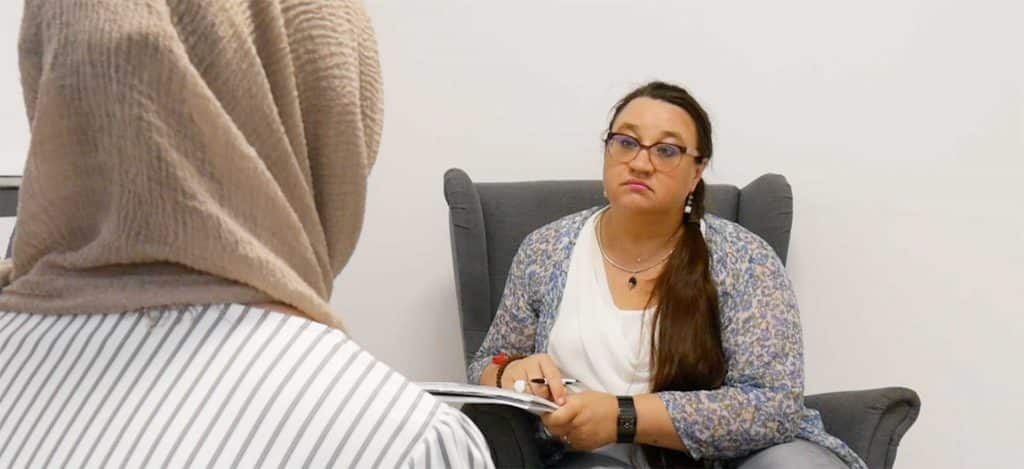
Classical behavioral therapy
The term behavioral therapy does not stand for a uniform therapeutic approach, but for a group of different psychotherapeutic methods. The underlying theory is that mental disorders are based on learned behavior and can therefore be unlearned. Behavioral therapy treatment methods influence the conditions associated with the mental disorder. These include environmental conditions, the behavior of other people, as well as the condition within the person themselves, for example their thoughts. For a person with an exaggerated fear of dogs, this means that the person concerned should seek contact with dogs under the close guidance / supervision of the therapist in order to be able to correct their learning experience “dogs are dangerous and must be avoided at all costs” through new experiences with dogs. Step by step, the affected person learns to move again without fear.
Cognitive behavioral therapy (CBT) is one of the most widespread and best-studied forms of psychotherapy. It combines two therapeutic approaches: cognitive therapy and behavioral therapy.Which treatment method is used depends on the problem, illness or existing disorder. However, the basic assumption of the therapy is always the same: what we think, how we feel and how we behave are directly related. These factors have a decisive influence on our well-being. Cognitive behavioral therapy (CBT) is a problem-oriented strategy. It involves working on current problems and finding solutions to them. Cognitive behavioral therapy is used to treat depression, PTSD, anxiety/compulsive disorders and addictions, among other things. It is also used for physical illnesses such as chronic pain, tinnitus and rheumatism. It helps people to cope better with their symptoms

Treating anxiety using virtual reality – Behavioral confrontation therapy has long proven effective in the treatment of phobias. The therapist goes into the anxiety-ridden situation together with the patient, in which the patient then learns to reduce the anxiety themselves using relaxation techniques and certain exercises. This approach is effective, but also very time-consuming. Recently, several studies have shown that anxiety treatment using virtual reality is also effective. The patient is confronted with their fears using VR glasses and special programs. Using this method, significantly more confrontations can be carried out in the same amount of time, making the therapy quicker and easier. Of course, we also continue to carry out real exposure training sessions.
Motivational interviewing Miller and Rollnick define motivational interviewing as “a client-centered directive method for enhancing intrinsic motivation for change through the exploration and resolution of ambivalence” (2009, p. 47). It has strong roots in the client-centered therapy of Carl Rogers (1951, 1959).
This approach to therapy emphasizes the need to understand the client’s inner frame of reference and current concerns. The discrepancy between behavior and values is emphasized. In both motivational interviewing and client-centered therapy, the therapist creates the conditions for growth and change. The therapist conveys the basic attitude of appropriate empathic understanding (empathy) and a positive appreciation that is not tied to conditions in the conversation.
Motivational interviewing is suitable for counseling with alcohol, nicotine, medication and drug problems, risk behavior, including adolescents, and difficult decisions.
If you are interested in one of our multimodal psychosomatic treatments, please contact us now. We will contact you personally immediately to find the best possible therapy for you without obligation.







